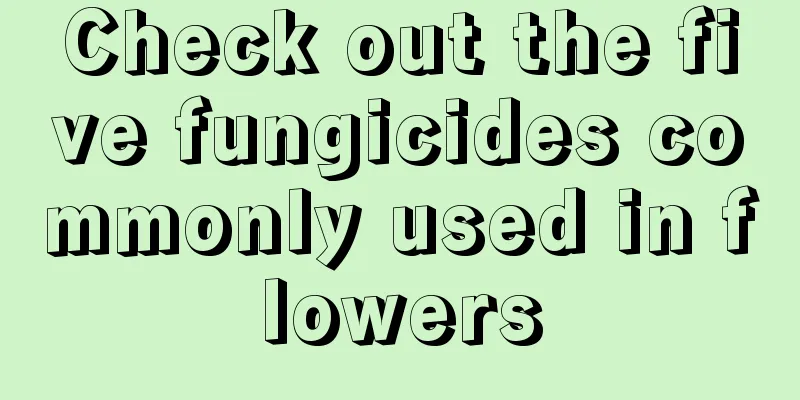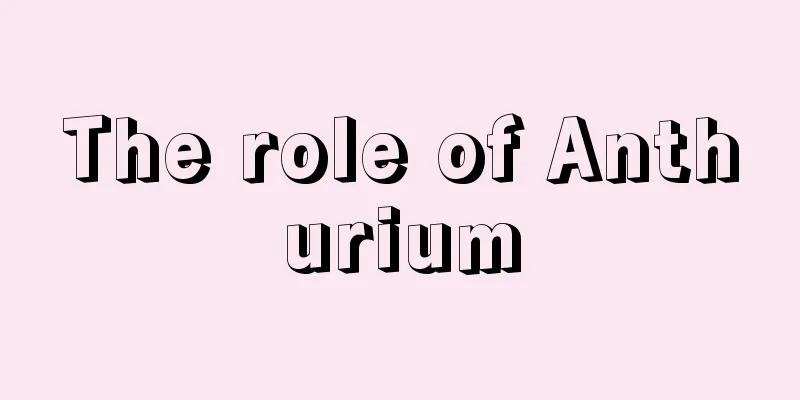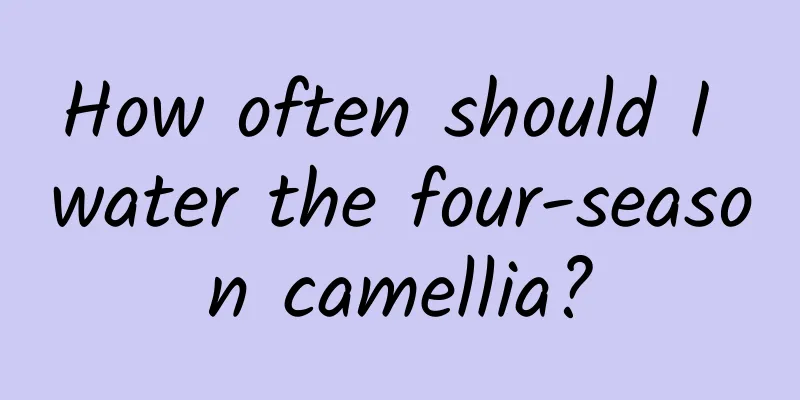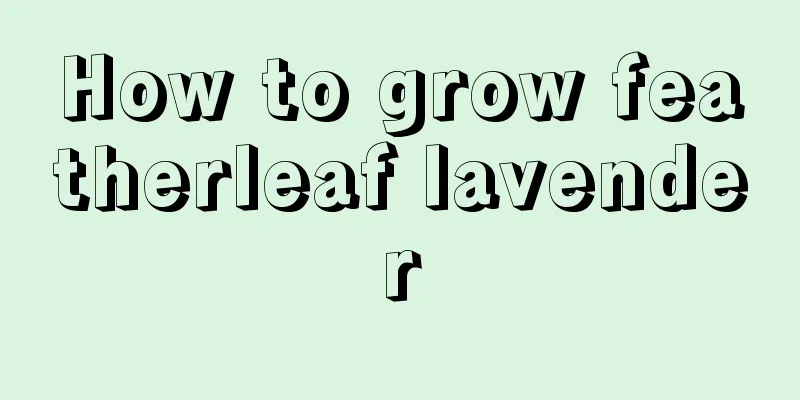Check out the five fungicides commonly used in flowers

Commonly used fungicide 1: Bordeaux mixtureBordeaux mixture is really a good protective plant fungicide, which is often used to prevent and control downy mildew, rust, black spot and gray spot. After spraying, it can form a thin film on the plant body to protect the plant. However, Bordeaux mixture has a disadvantage, which is that it is not resistant to storage and must be prepared and used immediately. Commonly used fungicide 2: ChlorothalonilBenomyl also has a protective effect, has many types of bactericidal effects, and has good effects and long duration. It can effectively treat powdery mildew, rust, blight and other diseases. However, care should be taken when using Benomyl not to let it come into contact with the skin to avoid skin irritation. Commonly used fungicide three: carbendazimCarbendazim is highly effective and low in toxicity, and has a protective and therapeutic effect on plants. It is very effective in treating diseases such as brown spot, anthracnose and powdery mildew of plants and flowers. Commonly used fungicide 4: ThiophanateI believe many flower lovers are familiar with the name Thiophanate. Have you ever thought of the methyl Thiophanate that I often talk about? Thiophanate has many functions and is low-toxic and very safe for humans, animals and plants. Thiophanate has a therapeutic effect on common plant diseases such as anthracnose, white rot, black spot, sooty mold, powdery mildew, and leaf spot. Commonly used fungicide 5: ManebI believe many friends are familiar with Mancozeb. Flower lovers who have used it should be impressed by its smell. Mancozeb has a bad smell, but it does not affect its effectiveness. You should know that Mancozeb has a good therapeutic effect on symptoms such as brown spot disease, sudden wilt disease, and damping-off disease. In the future, when plants are diseased, we no longer have to be as clueless as we are now. Although these fungicides are very effective, we still need to pay attention to usage and dosage during use. In addition, the use of fungicides must be targeted and not used blindly to prevent harm to the plants. |
<<: Methods for controlling pests and diseases common in succulent plants in summer
Recommend
Diseases and Pests of Hosta and Their Control
Pests of Hosta In summer, care should be taken to...
How to care for white palm in winter
Is white palm afraid of cold? Anthurium is afraid...
Things like growing flowers must be done now, otherwise you will have to wait another year
Cuttings The weather is hot in summer, and some f...
How to eat February orchid
Wild vegetable February orchid can be served cold...
The difference between cherry and elmleaf plum
1. Different flowers The flowers and leaves of th...
Fertilization method of calendula
Spring and Autumn Fertilization Spring and autumn...
The difference between boxwood and boxwood
1. Difference of blades The leaves of boxwood are...
How to care for lilies in winter
Are lilies afraid of cold? Lilies are cold-resist...
Can the rubber tree be repotted in summer? Watering and precautions after repotting
Can the rubber tree be repotted in summer? You ca...
The efficacy and function of amino acid foliar fertilizer
Amino acid foliar fertilizer is a new type of fer...
How to grow goldfish spider plant in winter
one. Soil requirements for winter: The soil arran...
When and how to change the soil for mint
Mint soil replacement time For mint, the best tim...
How to prune the branches and leaves of osmanthus and the best pruning method
The best time to prune an osmanthus tree is when ...
Cultivation methods and precautions for newly bought jasmine
Jasmine is pure white and has a strong fragrance....
Kalanchoe turns black as soon as autumn comes? If you continue watering like this, you will definitely die!
Why is Kalanchoe prone to black rot? Causes of Bl...









